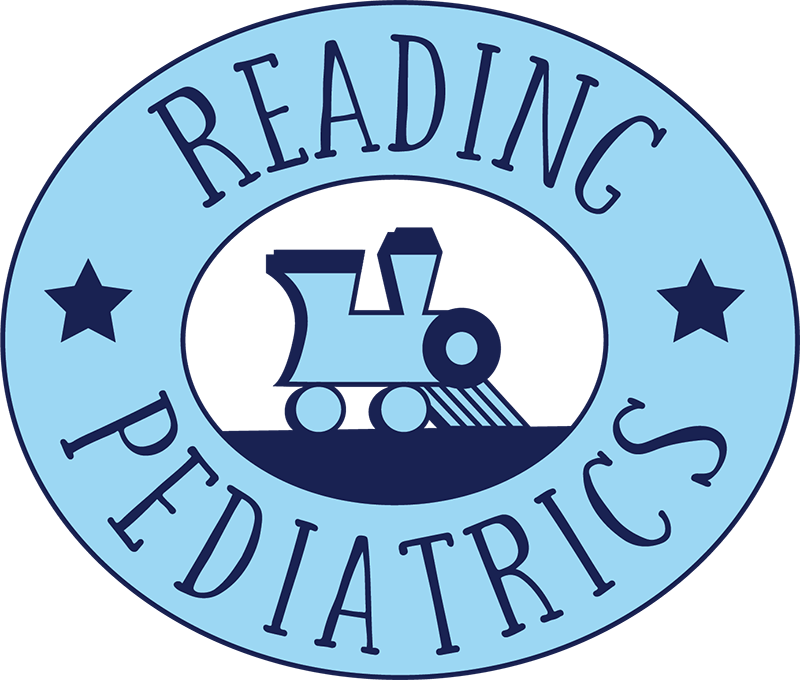When children begin crawling, or eating table foods, parents must be aware of the dangers and risks of choking. Children younger than 5 years can easily choke on food and small objects.
Choking occurs when food or small objects get caught in the throat and block the airway.This can prevent oxygen from getting to the lungs and the brain. When the brain goes without oxygen for more than 4 minutes, brain damage or even death may occur. Many children die from choking each year. Most children who choke to death are younger than 5 years. Two-thirds of choking victims are infants younger than 1 year.
Balloons, balls, marbles, pieces of toys, and foods cause the most choking deaths.
Read more about choking prevention and first aid.
Dangerous foods
Do not feed children younger than 4 years round, firm food unless it is chopped completely. Round, firm foods are common choking dangers. When infants and young children do not grind or chew their food well, they may try to swallow it whole. The following foods can be choking hazards:
-
Hot dogs
-
Nuts and seeds
-
Chunks of meat or cheese
-
Whole grapes
-
Hard, gooey, or sticky candy
-
Popcorn
-
Chunks of peanut butter
-
Raw vegetables
-
Fruit chunks, such as apple chunks
-
Chewing gum
Dangerous household items
Keep the following household items away from infants and children:
-
Balloons
-
Coins
-
Marbles
-
Toys with small parts
-
Toys that can be squeezed to fit entirely into a child's mouth
-
Small balls
-
Pen or marker caps
-
Small button-type batteries
-
Medicine syringes
What you can do to prevent choking
-
Learn CPR (cardiopulmonary resuscitation) (basic life support). -
Be aware that balloons pose a choking risk to children up to 8 years of age. -
Keep dangerous foods from children until 4 years of age. -
Insist that children eat at the table, or at least while sitting down. They should never run, walk, play, or lie down with food in their mouths. -
Cut food for infants and young children into pieces no larger than one-half inch, and teach them to chew their food well. -
Supervise mealtime for infants and young children. -
Be aware of older children's actions. Many choking incidents occur when older brothers or sisters give dangerous foods, toys, or small objects to a younger child. -
Avoid toys with small parts, and keep other small household items out of the reach of infants and young children. -
Follow the age recommendations on toy packages. Age guidelines reflect the safety of a toy based on any possible choking hazard as well as the child's physical and mental abilities at various ages. -
Check under furniture and between cushions for small items that children could find and put in their mouths. -
Do not let infants and young children play with coins.
First aid for the child who is choking
Make a point to learn the instructions on the following pages of this publication. Post the chart in your home. However, these instructions should not take the place of an approved class in basic first aid, CPR, or emergency prevention. Contact your local American Red Cross office or the American Heart Association to find out about classes offered in your area. Most of the classes teach basic first aid, CPR, and emergency prevention along with what to do for a choking infant or child. Your pediatrician also can help you understand these steps and talk to you about the importance of supervising mealtime and identifying dangerous foods and objects.
Copyright ©2006 AAP Feed run on: 4/3/2025 Article information last modified on: 1/13/2025

